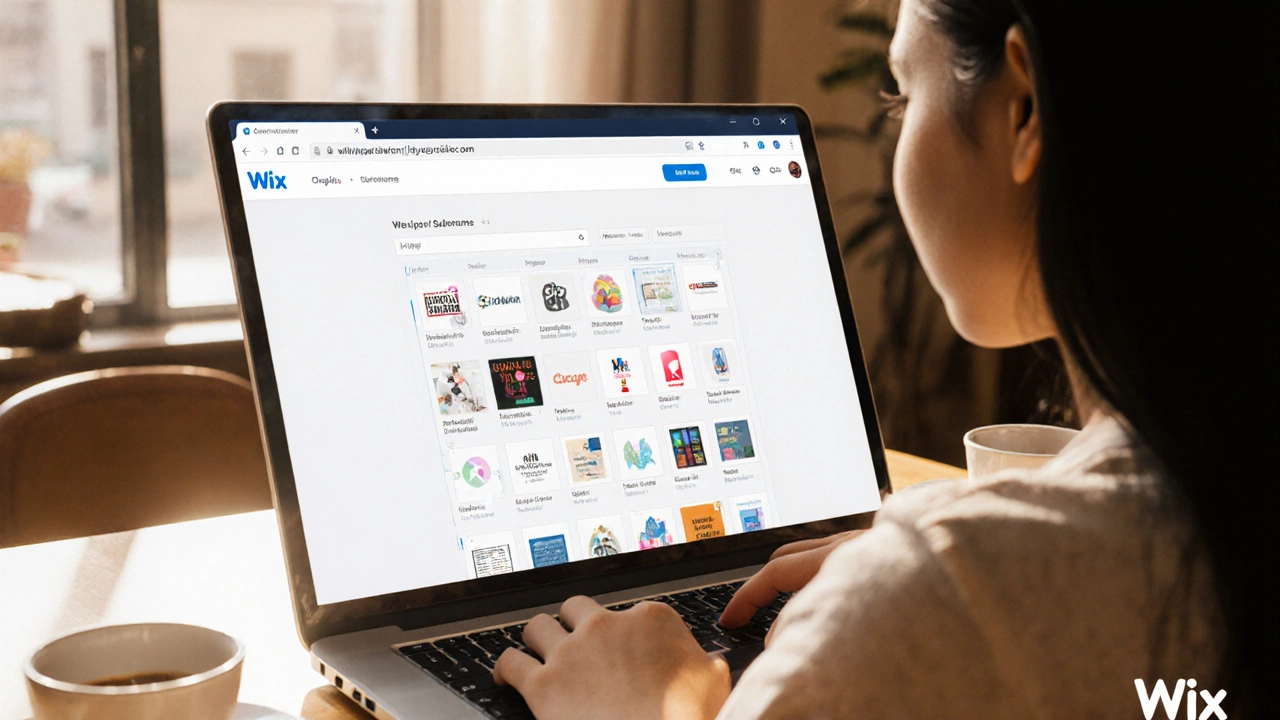Website Builder Guide: Find the Right Tool for Your Site
If you want a website up fast, a website builder is the shortcut most people miss. Instead of learning code, you drag, drop, and publish. In 2025 the market is crowded, but a few platforms actually deliver results without hidden fees.
First, decide what you need. A simple blog, an online store, or a portfolio each has a different set of features. Knowing your goal narrows the list from dozens to just a handful.
Free Website Builders You Can Use Today
Going zero‑cost is possible if you accept a few limits. Wix’s free plan gives you a sub‑domain and basic templates, but it adds ads and storage caps. Google Sites is totally ad‑free, though its design options are minimal. For developers, GitHub Pages hosts static sites for free and works well with static site generators.
Another solid choice is WordPress.com’s free tier. It’s easy to start, supports a decent plugin library, and you can upgrade later without moving content. If you need a no‑code e‑commerce start, the free version of Square Online lets you sell a handful of products without a monthly fee.
Choosing the Right Builder for Your Needs
Look at three factors: ease of use, scalability, and cost after growth. A platform that feels simple now may become pricey when you need a custom domain or extra bandwidth. Check the upgrade path before you commit.
Speed matters too. Builders that host on a CDN, like Squarespace, load faster on mobile, which boosts SEO. If you care about SEO, pick a builder that lets you edit meta titles, alt text, and provides clean URLs.
Finally, test the support options. Live chat, community forums, or a knowledge base can save you hours when something goes wrong. Most reputable builders offer at least a basic help center for free users.
Once you pick a builder, follow these quick steps: sign up, choose a template that matches your niche, replace placeholder text with your own, add essential pages (Home, About, Contact), and connect a custom domain if you have one. Publish, then run a quick test on different devices.Remember, you don’t have to stick with one builder forever. If your site outgrows the free plan, you can export content (WordPress.com and Wix allow this) and migrate to a more robust platform.
Whether you’re launching a blog, a small business site, or a personal portfolio, the right website builder saves time and money. Start with a free option, test the workflow, and upgrade only when you need the extra power. Happy building!
Is Wix 100% Free? The Truth About Wix’s Free Plan
Discover the reality behind Wix's free plan-what you get, its limits, hidden costs, and when upgrading makes sense. Perfect for beginners evaluating Wix.
Can I Run My Own Website for Free? Simple Paths and Real Costs
Building a website for free sounds almost too good to be true, but it’s possible if you know where to look. This article breaks down the actual options, what they come with, and what hidden catches to watch out for. You’ll find practical tips for starting your own site without spending a penny, and discover some things you simply can’t get for free. By the end, you’ll know the real deal behind free website offers and whether they work for your plans. Get ready for a straight-up guide with facts and no nonsense.
Is Google Sites a Legit Website Builder? Exploring Features and Benefits
Google Sites is a platform that allows users to create websites easily without any coding knowledge. It caters to individuals, businesses, and educators who need to set up online spaces quickly and affordably. Understanding its features can help you decide whether it fits your needs in a crowded market of free website builders. By exploring customization options, integrations, and ease of use, users can determine if Google Sites serves as a comprehensive tool for building a web presence.
About
Website Creation


